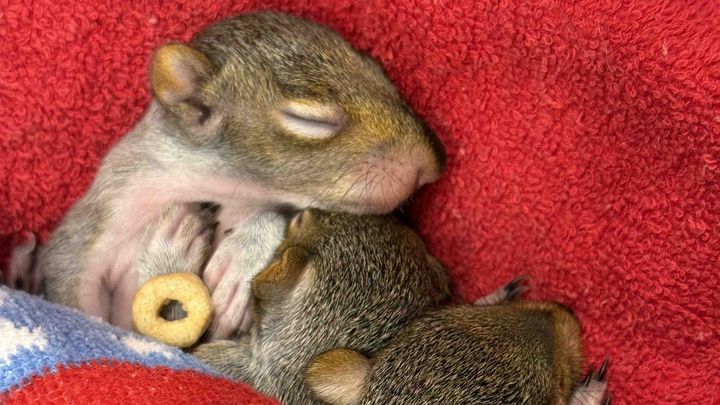
Wildlife Rehabilitation
Donation protected
100% of donations go to food, supplies, and medical care for wildlife in need.
Over the past 10 years donations have helped save over 200 animals, regular updates are made available to account for your help.
Federally DEC licensed, Veterinarian, animal lover.
Over the past 10 years donations have helped save over 200 animals, regular updates are made available to account for your help.
Federally DEC licensed, Veterinarian, animal lover.

Organizer
Shannon Marie
Organizer
Katonah, NY